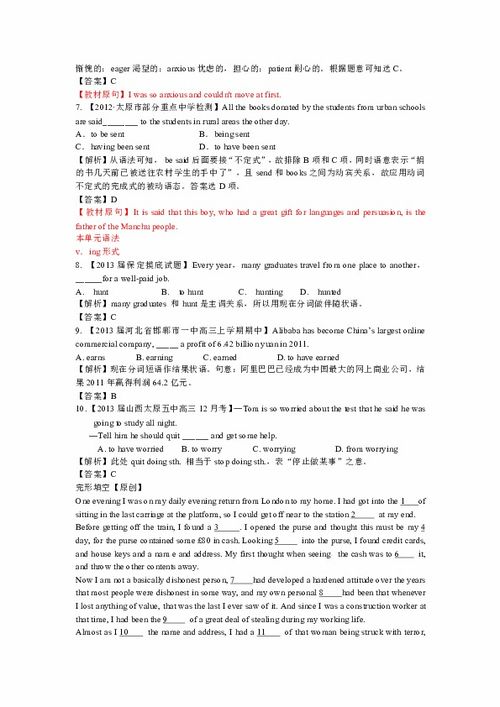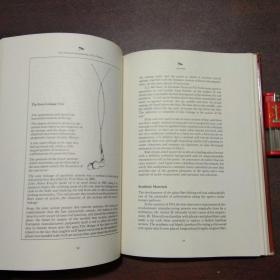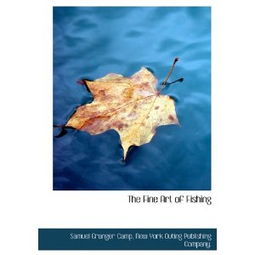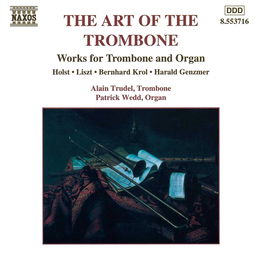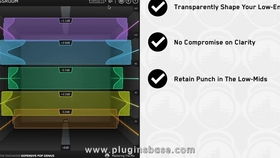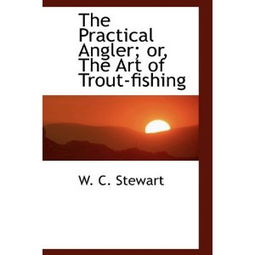Content:
Fishing, an ancient pastime that has stood the test of time, is not just about patience and luck; it's also an art that requires skill and precision. One of the fundamental skills in fishing is mastering the art of casting and controlling the line. Whether you're a seasoned angler or a beginner, understanding how to properly throw your line and manage it effectively can significantly enhance your fishing experience. Here are some essential techniques to help you become a pro at casting and controlling your fishing line.
Understanding the Basics of Casting
Casting is the process of throwing your fishing line into the water. It might seem simple, but there are various casting techniques suited for different situations and fish species. Here are some basic steps to get you started:
Select the Right Equipment: Your rod, reel, and line are the core components of your casting setup. Choose equipment that matches the type of fishing you plan to do. For example, a spinning rod is ideal for lighter lures and smaller fish, while a baitcasting rod is better for heavier lures and larger fish.
Load the Reel: Before casting, ensure that your reel is properly loaded with line. The amount of line you need depends on the distance you want to cast and the type of lure you're using.
Hold the Rod: The way you hold your rod can affect your casting accuracy. A common grip is the "overhand grip," where you hold the rod with your index finger on the reel seat and your thumb on the opposite side. This allows for better control and flexibility.
Positioning: Stand with your feet shoulder-width apart and point the rod towards your target. Your back should be slightly arched, and your eyes focused on the spot where you want the lure to land.
The Cast: Begin the cast by raising the rod tip to your shoulder height. Then, with a smooth and continuous motion, sweep the rod forward, allowing the line to flow out. The key is to maintain a consistent and smooth acceleration throughout the cast.
Advanced Casting Techniques
Once you've mastered the basics, you can explore more advanced casting techniques to increase your casting distance and accuracy:
Roll Cast: This technique is useful for casting in tight spaces or when you need to present your lure in a more natural way. It involves rolling the line off the tip of the rod rather than casting it straight out.
Overhead Cast: This is the most common casting technique and is suitable for most fishing situations. It involves a high-speed acceleration and is ideal for casting long distances.
Sidearm Cast: This cast is used when you need to cast across your body or in tight areas. It involves holding the rod horizontally and using a side-to-side motion to cast the line.
Controlling the Line
Once you've cast your line, the next challenge is controlling it. Here are some tips to help you manage your line effectively:
Line Tension: Adjust the tension on your line to maintain a balance between sensitivity and control. Too much tension can cause your lure to act unnaturally, while too little tension can make it difficult to detect bites.
Reeling in: When reeling in, do so smoothly and consistently. Jerky movements can spook fish or tangle your line.

Setting the Hook: When you feel a bite, quickly set the hook by jerking the rod upwards. The quicker you set the hook, the better your chances of landing the fish.
Landing the Fish: Once you've hooked a fish, use a combination of rod control and line tension to guide the fish towards the shore. Avoid reeling in too quickly, as this can exhaust the fish and make it harder to land.
Practice Makes Perfect
Remember, the key to mastering casting and controlling the line is practice. Spend time on the water, experimenting with different techniques and adjustments until you find what works best for you. With patience and persistence, you'll soon be casting like a pro and reeling in the big ones with ease. Happy fishing!
